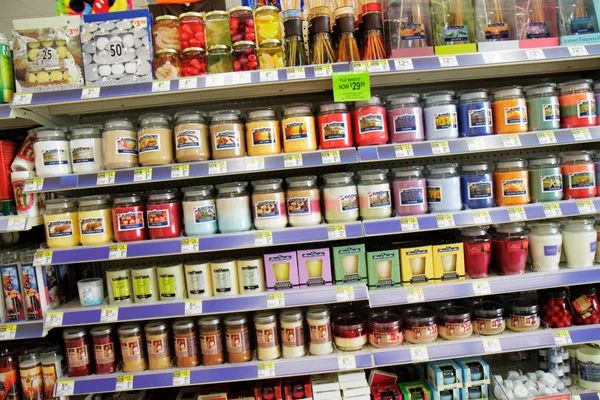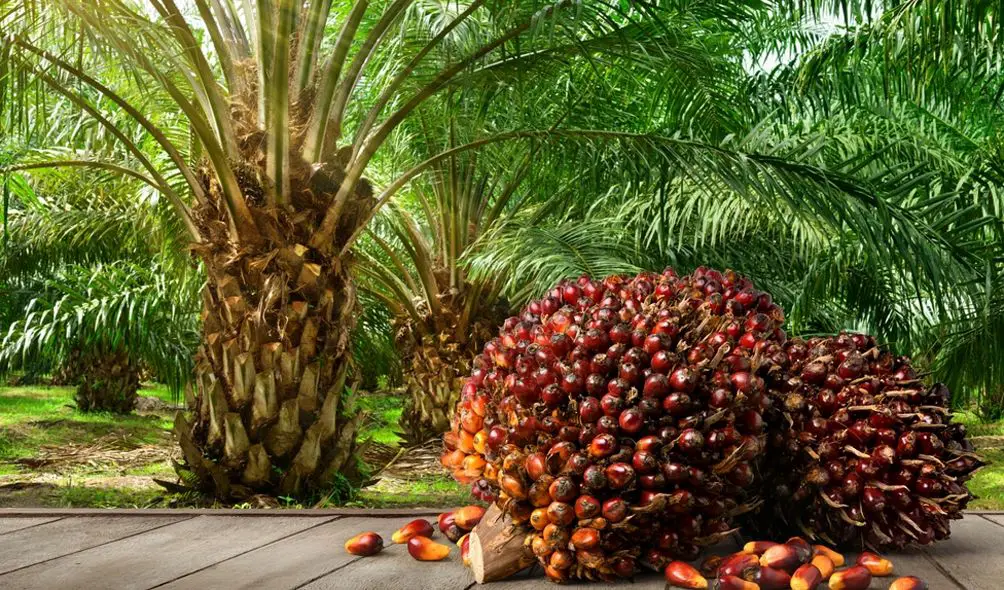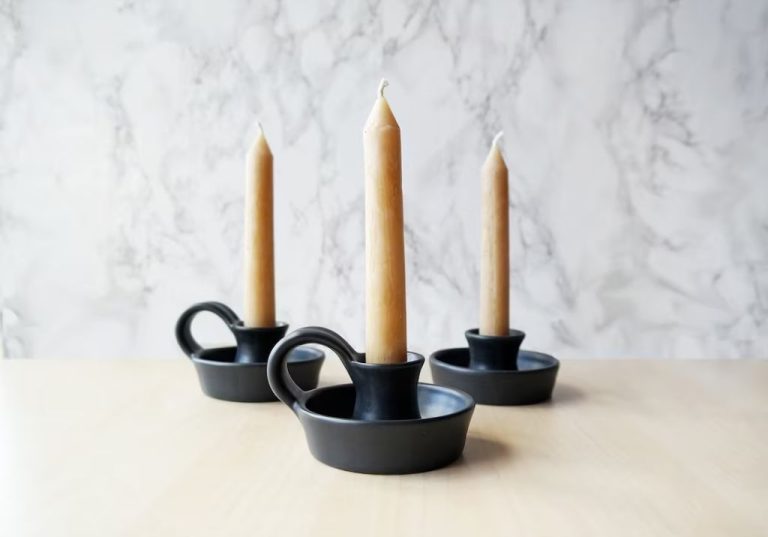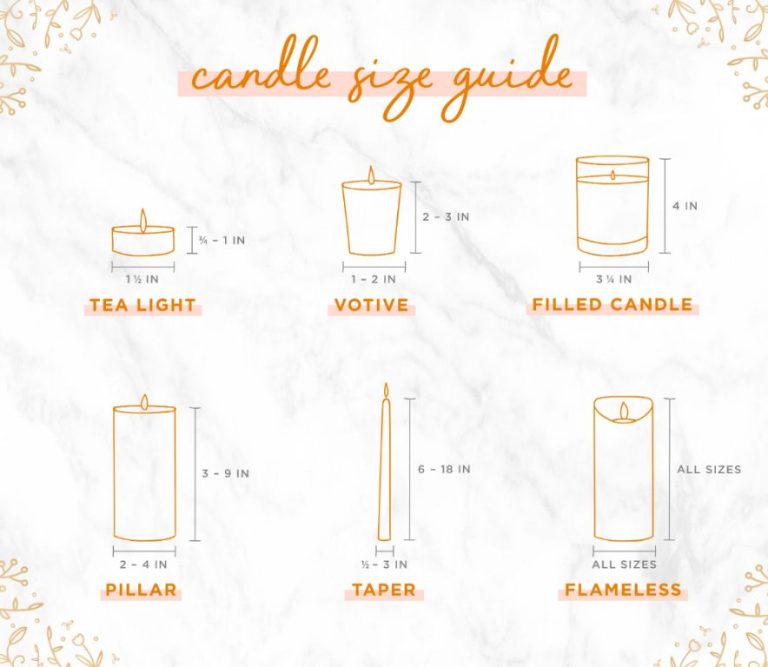What Candle Wax Do You Use For Moulds?
Candle making with molds has become a popular hobby and craft for many people. Selecting the right type of wax is one of the most important steps for successful candle making. The wax provides the main structure and support for the candle, so its properties directly impact the final look, burning time, texture, fragrance throw, and more. With many different wax options to choose from, it can be difficult to determine which one is best for a particular project or mold design. This article provides an overview of the most common candle waxes used for molds and key factors to consider when selecting the right wax for your needs.
Paraffin Wax
Paraffin wax is the most commonly used candle wax. It is a byproduct of petroleum refining and is highly refined and bleached, making it odorless and colorless (though dye can be added). Paraffin wax has a melting point between 115-150°F, making it easy to work with for candle making (Source).

Some key properties of paraffin wax:
- It has excellent scent throw and fragrance retention.
- It is inexpensive and readily available.
- It has a high melting point, allowing candles to retain their shape in warm environments.
- It produces candles that burn slowly and evenly.
However, paraffin wax also has some downsides:
- It is derived from non-renewable petroleum sources.
- It can produce more soot than some natural waxes.
- Some find the wax odor unpleasant when burning.
Overall, paraffin is a versatile, affordable, and commonly used wax for candle molds. Its properties make it a good choice, though some prefer more natural waxes.
Soy Wax
Soy wax is made from hydrogenated soybean oil and is a popular choice for candles, especially container candles. Some key properties of soy wax include:
- It has a lower melting point (around 115 to 125°F) compared to paraffin, making it easy to work with.
- It’s environmentally friendly as it’s made from a renewable resource.
- It produces less soot than paraffin when burned.
- It holds scent well.
- It allows you to create natural or eco-friendly labeling.

When used in candle molds, soy wax has some advantages and disadvantages:
Pros:
- It releases well from basic silicone molds.
- It produces clean, detailed candles with a smooth surface.
- The lower melting point reduces risk of mold damage.
- It provides good scent throw.
Cons:
- It can shrink more than paraffin while cooling.
- The tops may become concave while cooling.
- It’s not ideal for intricate mold designs.
- It requires proper wick selection for optimal burn.

With the right mold selection and wicking, soy wax can produce attractive and high-quality molded candles. Its environmentally friendly properties also appeal to many candle makers and consumers.
Beeswax
Beeswax is a natural wax produced by honey bees. It has some unique properties that make it a popular choice for candle making.
Some key properties of beeswax include:
- Has a high melting point of around 144-147°F, which makes it suitable for candles
- Burns cleanly and emits negative ions that help purify the air
- Has a lovely natural honey scent
- Is pliable so it releases easily from molds
Beeswax has some advantages as a candle wax:
- It’s all-natural, non-toxic, and environmentally friendly
- Beeswax candles burn longer than paraffin candles
- The honey scent is appreciated by many candle buyers
- Beeswax is compatible with essential oils and fragrances
Some potential drawbacks of beeswax for candles are:
- It’s more expensive than paraffin wax
- The candles can become brittle in cold conditions
- The wax can shrink and pull away from the mold as it cools
- The honey scent may overpower added fragrances

Overall, beeswax is one of the most popular and traditional waxes used for candle making, especially for artisanal, natural candles. Its properties make beeswax well-suited for use in candle molds.
Gel Wax
Gel wax is a type of candle wax that has a transparent, gel-like consistency. It is made from mineral oil blended with polymers to give it a thicker, gelatinous texture. Gel wax has become popular for use in candle making, especially for candles made in molds.
Some key properties of gel wax include:
- It has excellent viscosity and adhesion properties, making it easy to pour and hold shape in molds.
- Sets up firmly to allow candles to be unmolded quickly with crisp, detailed designs.
- Provides good scent throw and color clarity.
- Burns slowly and cleanly.

Gel wax is a good choice for mold candles because it:
- Allows intricate designs and detail to be achieved.
- Minimizes issues like frosting, wet spots, and adhesion loss.
- Results in glossy candles with vibrant colors.
- Permits layering of colors without bleeding or distortion.
Potential downsides of gel wax include:
- Higher cost compared to other waxes.
- Requires exact temperature control.
- Can be prone to oil sweating or release.
- May require additives for ideal performance.
Overall, gel wax is an excellent choice for mold candle making due to its ability to produce detailed and vibrant designs consistently. Just be aware of potential drawbacks like cost and formulation challenges.
Palm Wax
Palm wax is made from the fruit of palm trees. It has become popular for candle making because it naturally forms beautiful crystal structures as it cools and hardens. Palm wax contains a high percentage of palmitic acid, which gives it a high melting point between 130-145°F (1). This makes palm wax ideal for pillars, votives, tarts, and container candles.
Palm wax has some key advantages for candle molds:
- It crystallizes into intricate fern-like patterns, giving candles a unique visual appeal (2). This makes it great for transparent molds that show off the wax texture.
- The high melt point allows palm wax to retain scent and burn longer than typical waxes (3).
- It’s an eco-friendly, renewable resource that supports responsible forestry practices (1).

Potential drawbacks when using palm wax for molds include:
- It can be more prone to frosting and sweating than other waxes (2). Proper cooling is important.
- The crystallization pattern may not be as visible in colored wax (3).
- It’s relatively soft and requires a harder wax for rigidity in free-standing mold candles (1).
Overall, palm wax is an excellent choice for mold candles where its crystalline finish can shine through. It pairs well with soy or paraffin wax for optimal molding properties.
(1) https://candlewic.com/c/candle-making/wax/palm/
(2) https://www.naturesgardencandles.com/candle-making-supplies/shop/candle-wax/palm-wax/palm-pillar-wax
(3) https://candlewic.com/product/crystallizing-votive-pillar-palm-wax-palm-2/
Coconut Wax
Coconut wax is made from hydrogenated coconut oil and is a popular natural wax option for candle making. Some key properties of coconut wax include:
- Has a high melting point between 120-135°F, making it suitable for containers and pillars (source: Coconut 83 Wax Description)
- No added dyes or fragrances needed as it has a light, sweet, tropical coconut scent (source: Coconut Wax Description)
- Harder finish than paraffin but softer than soy wax
- Excellent jar adhesion for a smooth finish
- Natural, non-toxic wax
Some of the key pros of coconut wax for candle molds are its natural coconut fragrance, strong jar adhesion for a smooth finish, and safety as a non-toxic option. The high melting point also makes it suitable for mold candles. Some potential cons are that it can be more expensive than paraffin wax and may not be as hard or long-lasting as soy wax.
Blends
Blended waxes are made by combining different types of waxes, usually paraffin wax and a natural wax like soy or beeswax. Blends offer some great benefits for mold candles:
Better Performance – Blends marry the good burn properties of paraffin with the natural scent throw of soy or beeswax. This gives excellent hot and cold scent throw. The natural waxes also help make a smoother finish.
Lower Cost – Adding paraffin wax to a soy or beeswax blend lowers the overall cost compared to 100% natural wax.
Customization – Blends allow candle makers to tweak ratios for desired properties. More paraffin gives better transparency and burn, more natural wax enhances scent throw.
Easier Melting – Paraffin helps blends melt at lower temperatures compared to pure soy or beeswax. This makes pouring easier.

Stronger Candles – The combination of waxes creates a harder finished candle with good rigidity for clean mold release.
Popular blend bases like Blended Waxes® Pillar Soy Wax combine the benefits of paraffin and soy wax. With proper testing, blends allow full customization for the perfect wax for any mold candle project.
Choosing The Right Wax
When selecting the right wax for candle molds, there are several key factors to consider:
The melting point of the wax is crucial. Waxes like paraffin and soy have a melting point around 130-150F, allowing them to hold their shape well in molds. Waxes with lower melting points like beeswax (140-150F) can be too soft for detailed molds.
The ability of the wax to contract on cooling is also important. Paraffin and soy wax shrink as they solidify, easily releasing from silicone molds. Natural waxes like beeswax expand slightly, making mold release more difficult.
The wax texture and pliability impacts how well it works in molds. Softer waxes like soy and palm can conform well to intricate mold designs. Harder waxes like paraffin and gel may crack or warp in detailed molds.
Some key recommendations: soy wax or a soy-paraffin blend offers excellent all-around performance in candle molds. Paraffin is also a top choice. Beeswax works for simple mold designs. Gel wax can be prone to cracking. Testing different waxes with your specific molds will yield the best results.
Cost, availability, and sustainability are other considerations when selecting the ideal wax for your candle molds and production needs.
Conclusion
In summary, the main waxes used for candle molds are paraffin, soy, beeswax, gel, palm, coconut, and blends. Paraffin wax is inexpensive and easily releases from molds, but is made from petroleum. Soy wax is made from soybeans, is eco-friendly, and has good scent throw. Beeswax is natural, non-toxic, and has a lovely honey aroma, but can be expensive. Gel wax blends paraffin and polymer additives for excellent visual details and adhesion to containers. Palm and coconut wax are eco-friendly options made from renewable resources. Blends combine waxes to optimize properties.
When selecting wax for candle molds, the main considerations are cost, performance, environmental impact, and desired visual effects. Testing different waxes with the mold design is recommended to achieve the best results. Properly preparing and caring for molds is also important for multiple uses. With some experimentation, a high quality molded candle can be achieved with any of the main waxes available.



